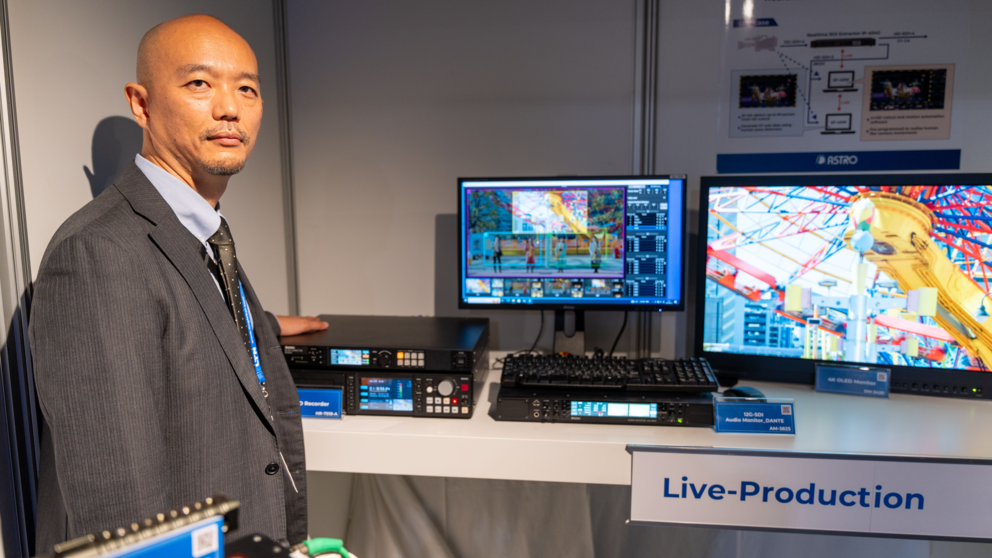2022 marked the 10th anniversary of the first significant public demonstration of 8K television when NHK and the BBC co-operated to present the London Olympic Games on 15-meter-wide screens in London, Glasgow, and Bradford, writes John Maxwell Hobbs.
Since that time, there has been widespread adoption of Ultra High Definition (UHD) television in the form of 4K, but widespread consumer adoption of 8K TV still remains an elusive target.
8K TV: 8K evolution
8K, also known as UHDTV-2, is 7680 pixels wide by 4320 pixels tall - sixteen times as many pixels as current 1080p HDTV. This is a similar level of detail to 70 mm IMAX film stock. However, UHD’s enhancements are not limited simply to pixel density. It also offers higher dynamic range and an expanded colour space in both its 4K and 8K flavours.
The first significant step on the road to 8K was in May of 2012 when NHK demonstrated the first UHD shoulder mounted camera. The Olympic games transmission followed shortly after and in August of that year, the ITU officially approved the UHDTV standard, incorporating both 4K and 8K resolutions.
The 10 years since then has seen significant consumer uptake of 4K – TV sets can be found for under £300 and there are a large number of 4K channels available. However, the story has not been the same for 8K. Sets that support the higher resolution made up only...
You are not signed in
Only registered users can read the rest of this article.
Broadcast AV design brings Blockchain show to life
Tasked with running two simultaneous live broadcasts from the Blockchain Life trade show in Dubai, Oasis Studio looked to create a flexible, redundant production workflow, offering a timely showcase of broadcast AV systems in action.

Poacher turned gamekeeper: Netflix rules, for now
Netflix raids Hollywood to land a giant of old media, but having offered billions over the odds for ageing IP, would a smarter play have involved the creator economy?

Truth in the age of deepfakes: Building trust in the human-machine era
As deepfakes become prevalent throughout the media industry, experts at the BBC, Guardian, and ITN wrestle with the implications of today’s unprecedented levels of disinformation and distrust.

Rory Peck Awards: Truth has never needed its defenders more
This year’s Rory Peck Awards was an affirmation that press freedom is in severe danger, that it has become a vicious fight to sustain that facts matter. George Jarrett reports.

Camerimage: “The time to be afraid of AI was two years ago”
The festival of cinematography remains political with the rise of AI and gender equality bubbling beneath the surface.

